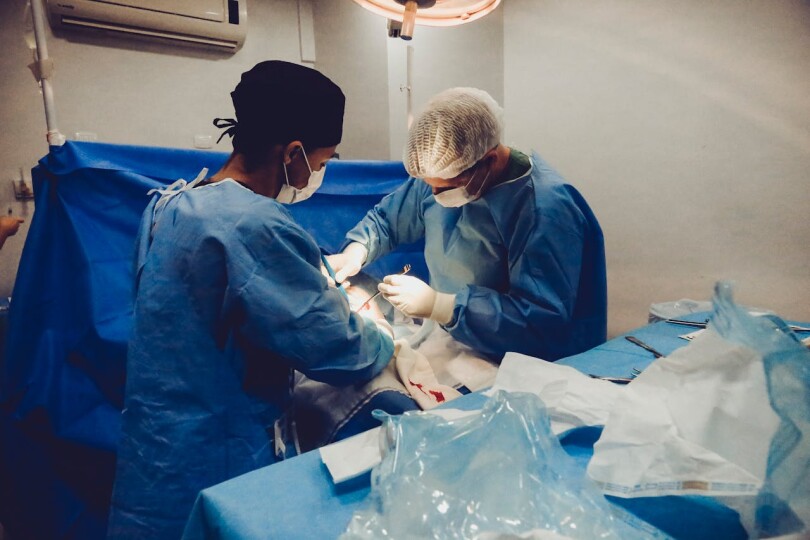Why Is the Gulf Attracting Climate Tech Businesses?
28 Jun 24
Enviro ChatThe Global News Source for the World of Science and Chemicals
26 February 2024
Lab Chat
Over recent decades, medical care has thankfully advanced to the point where many types of cancer are now treatable if caught early enough. Nonetheless, the process of effectively diagnosing and then treating the disease is not without its risks, as patients can be susceptible to infection, nerve damage or other unwanted outcomes. These risks are only exacerbated when dealing with older or more vulnerable patients.
With that in mind, it is only logical to minimise the scope for human error and undesirable complications as much as possible. The use of robotic assistance can be greatly beneficial in this sense, as is amply demonstrated by a recent case involving a mature, clinically obese patient diagnosed with uterine cancer at the Abu Dhabi Sheikh Shakhbout Medical City (SSMC) facility in the UAE.
Uterine cancer, more formally known as endometrial cancer, affects the layer of cells present in the endometrium, or the wall lining of the uterus. It is the sixth most prevalent type of cancer in women and the 15th most commonly occurring overall. Thankfully, however, a uterine cancer diagnosis is not the death sentence it once was and when caught early, the condition is treatable.
All the same, it can represent a difficult and potentially dangerous path of treatment. Traditionally, uterine cancer has been diagnosed by lymphadenectomy, which involves removing and analysing lymph nodes from the patient. This runs the risk of contracting an infection, damaging tissues or causing thromboembolic events.
In the case of the SSMC patient, this potential pitfall was avoided via the use of a sentinel lymph node biopsy (SLNB), which was able to detect the full extent of the cancerous spread throughout her cells without the need for invasive surgery. Given her post-menopausal and clinically obese status, this greatly enhanced the safety of the diagnosis.
Meanwhile, the treatment itself was also bolstered by the use of technology. Specialists at SMCC conducted a robot-assisted laparoscopic hysterectomy with bilateral salpingo-oophorectomy. This complicated procedure involved the removal of the uterus, fallopian tubes and both ovaries in order to ensure that all cancerous cells were eliminated. The robotic element maximised the accuracy while minimising the invasiveness of the procedure.
After the completion of the procedure, the patient was discharged two days later. What’s more, follow-up diagnosis found that the patient’s lymph nodes were not cancerous, confirming that no drainage had occurred. All that was required was localised vaginal brachytherapy to kill off any lingering cancerous cells with radiation.
“I cannot express the sense of relief that I feel today,” said the patient. “It was not an easy process, but I am grateful to the doctors and staff at SSMC who showed understanding and compassion, which made me confident I was in safe hands. I am filled with gratitude for this second chance at life."
DOWNLOAD PDF

2 Day Seminar Program
@ ArabLab+ 2024
24 & 25 September 2024
Your stay in Dubai
Labkit
Product News
Chemkit
Product News
Thinking about exhibiting at ARABLAB 2024? Watch our video to find out more.
Join the world’s leading organisations…
Join our mailing list and receive the ARABLAB newsletter and event updates.